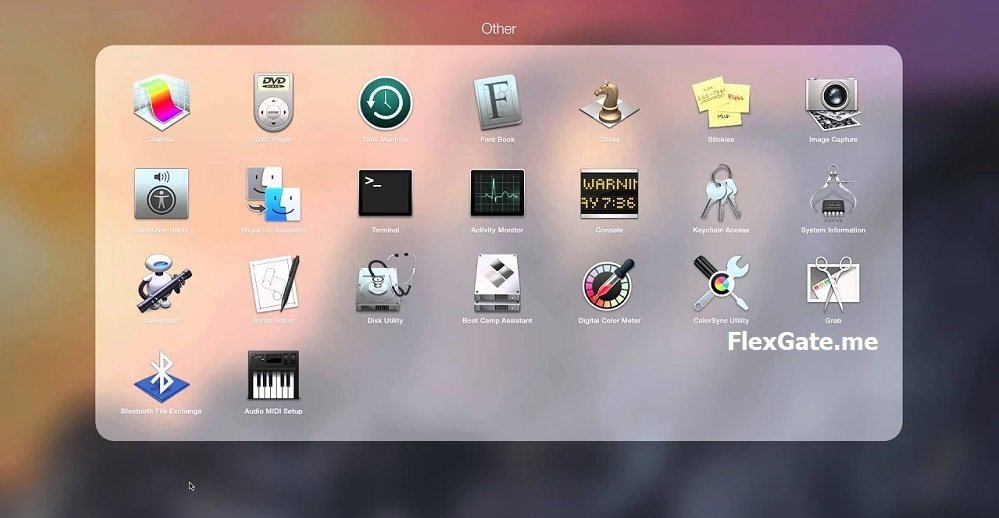

Then, with Mac OS X 10.2, released in 2002, the system became even more adept at preventing fragmentation. Thanks to Hot File Clustering, HFS+, which was released in 1998, could defrag files on the fly. The file system (originally HFS+ and more recently APFS) avoids fragmentation and automatically defrags files if required – if the file has more than eight pieces or is less than 20MB, it will be immediately defragged.
If you are running High Sierra or Mojave and your file system has been upgraded to Apple’s newer APFS, you will be unable to defrag your Mac since there are no working third-party programs. Your Mac operating system is not older than 2002 (if it is, we recommend that you upgrade your Mac!). If any of the following apply to you, defragmenting is not the answer to your problem: You probably don’t need to defrag your Mac, as we’ll explain below. This applies solely to hard disks, and not as much as it used to: NTFS (the more current filesystem) does not fragment as much as FAT-32 did (the older file system).įurthermore, new SSDs (aka Flash drives) do not need defragmentation in fact, doing so might harm them, as we shall discuss below. In this post, we’ll discuss why you probably don’t need to defrag your Mac, when you may need to defrag a Mac, what could be causing the problems you’re having, and how to defrag a Mac if that’s what you need to do after all.īut first, we’ll discuss how data is written to a disk, why PCs need to be defragged, and why things are different for Macs.īy defragging the disk, all of the data are shuffled back in order to fill any gaps that existed when files were destroyed – this should prevent files from being fragmented in the future – and fractured files are reassembled. If you have an SSD, defragging will not help you and may even harm your disk. Defragging a disk may harm it since shifting data around wears out the drive. Since the release of OS X 10.2 in 2002, modern Macs have automatically defragmented data. Macs do not often suffer from the fragmentation that Windows PCs do. There are a few reasons why Macs don’t have a defrag function: In contrast, Apple has never included defragging software in macOS. 
Windows has always featured disk defragging software in fact, Windows 10 (as well as Windows 8 and Windows 7) automatically defrags on a weekly basis (referred to as “Optimise Disk” in current OS releases, you may customize how often these defrags occur). You recall what you used to do on your old PC and recall disk defragging-shouldn’t it have the same impact on Macs? After all, it made your old computer operate much quicker. So your Mac isn’t running as fast as it used to and need a performance boost. How to Defrag a Mac (and Why You Shouldn’t)






 0 kommentar(er)
0 kommentar(er)
